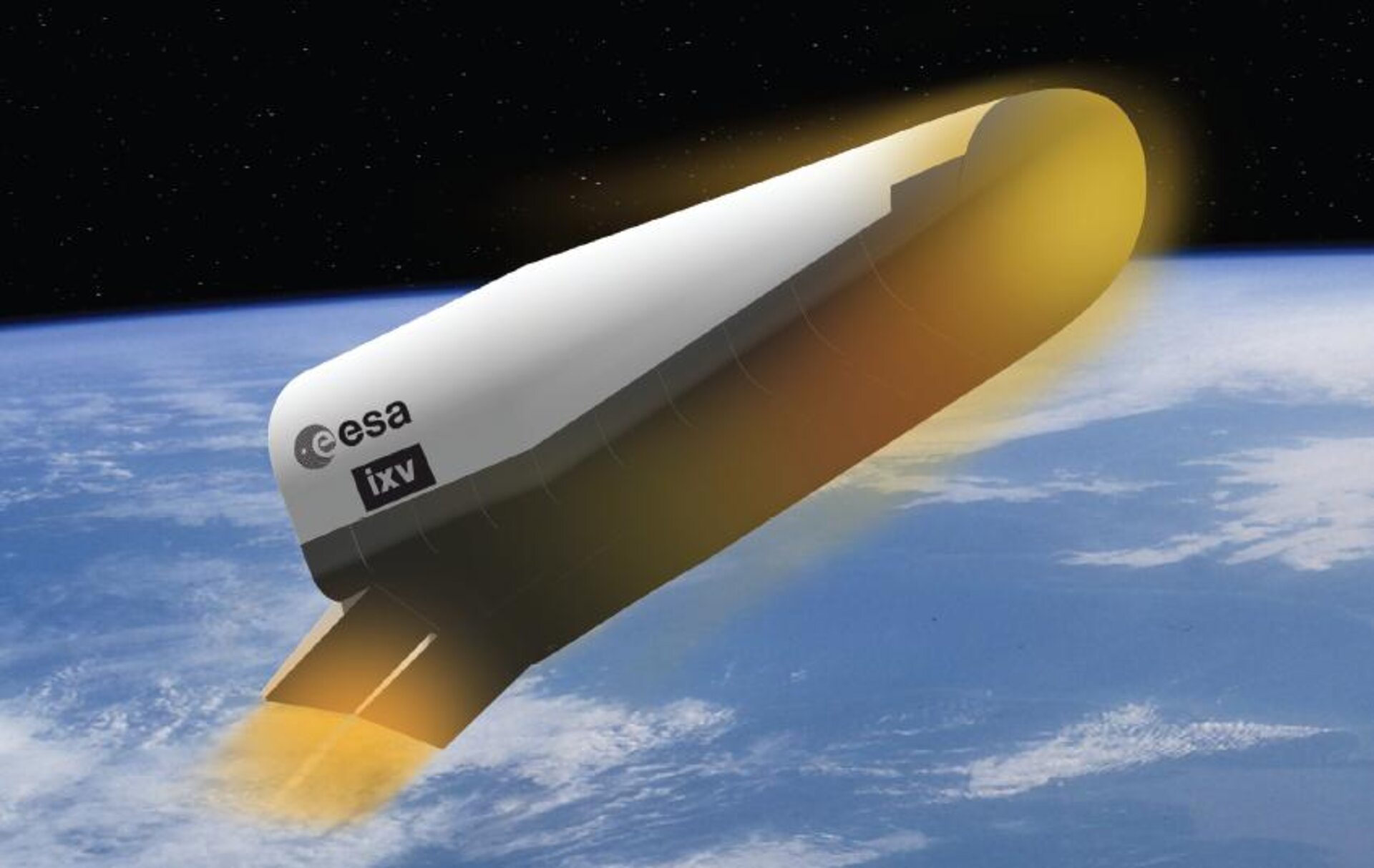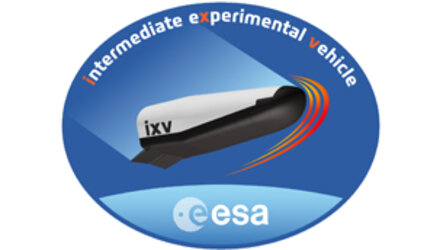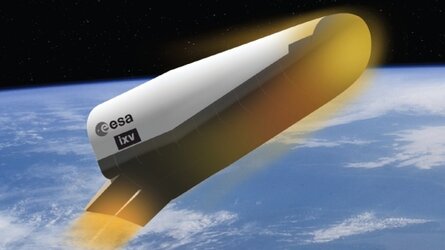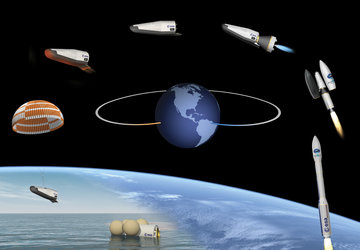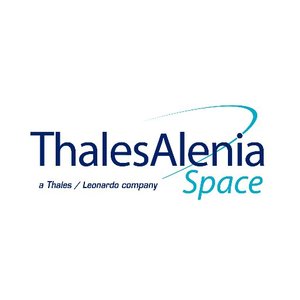Reentry technologies
Atmospheric reentry is a cornerstone for a wide range of applications in future space transportation, including next-generation launchers, planetary exploration, sample-return missions, space planes and crew and cargo transportation.
For several years, significant importance has been accorded to the development of critical reentry technologies through several basic research and technology preparatory programmes. The flight verification of such technologies is an important aspect of European programmatic objectives.
Several technologies contribute to the consolidation of the European knowledge base for future reentry missions. Among the most important are:
- Aerothermodynamics – validation of design tools and improvement of design performance, since the current lack of precise knowledge about phenomena occurring during re-entry induces the need for additional design margins. In fact, when re-entering from low Earth orbit (LEO) the oxygen and nitrogen molecules in the air break apart to dissipate the high energies involved. When this happens, the ideal-gas laws normally used for simulations are replaced by complex, real-gas laws that are governed by phenomena that are difficult to predict.
- Guidance Navigation and Control (GNC) – improvement of the guidance algorithms, coupling of inertial measurement units with GPS for navigation, exploration of the combination of flaps and thrusters for flight control, addressing complex GNC issues related to the hypersonic phase of a reentry from LEO.
- Thermal protection and hot structures – validation of the flight performance of thermal protection materials and complex design solutions (for example, thermal expansion, junctions between materials, seals, gaps, steps and singularities), addressing the complexities introduced by the severe thermo-mechanical environment for LEO reentry applications.
The Intermediate eXperimental Vehicle (IXV) project tackled the basic European needs for reentry from LEO, consolidating the knowledge necessary for the development of any future European reentry system while allowing risk limitation.
IXV’s flawless 100 minute end-to-end European mission on the Vega launcher took place on 11 February 2015.
Mastering reentry opened a new chapter for ESA. The results from the IXV mission fed ESA's Space Rider mission aimed at allowing routine access to and return from low orbit.
The Integrated Space Transportation System Service, Space Rider, is a reusable spaceplane, that will be launched on Europe’s Vega-C, orbit, and land automatically on ground.
With a reusable system, Space Rider will be able to transport payloads for an array of applications, orbit altitudes and inclinations.
This will have the potential to allow: European servicing of the International Space Station and future orbital infrastructures; opportunities for in-orbit validation of technologies required for several application missions; possible educational missions; and enhancement of European industry competitiveness in paving the way to a commercial service.















 Germany
Germany
 Austria
Austria
 Belgium
Belgium
 Denmark
Denmark
 Spain
Spain
 Estonia
Estonia
 Finland
Finland
 France
France
 Greece
Greece
 Hungary
Hungary
 Ireland
Ireland
 Italy
Italy
 Luxembourg
Luxembourg
 Norway
Norway
 The Netherlands
The Netherlands
 Poland
Poland
 Portugal
Portugal
 Czechia
Czechia
 Romania
Romania
 United Kingdom
United Kingdom
 Slovenia
Slovenia
 Sweden
Sweden
 Switzerland
Switzerland

























